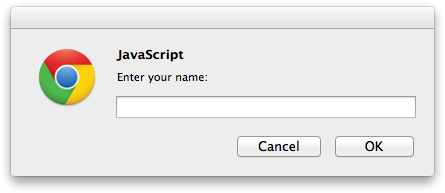Visual programming blocks – Text
Examples of items of text are:
- "thing #1"
- "March 12, 2010"
- "" (empty text). Text can contain letters (which may be lower-case or upper-case), numbers, punctuation marks, other symbols and blank spaces between words. (The non-Blockly term for all of these different types of text is character.)
Blocks
Text creation
The following block creates the text "hello" and stores it in the variable named greeting.

The create text with block combines (concatenates) the value of the greeting variable and the new text "world" to create the text "helloworld". Note that there is no space between them, since none was in either original text.

To increase the number of text inputs, click on the gear icon, which changes the view to:

Additional inputs are added by dragging an "item" block from the gray toolbox on the left into the "join" block.
Text modification
The to ... append text block adds the given text to the specified variable. In this case, it changes the value of the variable greeting from "hello" to "hello, there!"

Text length
The length of blocks count the number of letters, numbers, etc., in each text. The length of "We're #1!" is 9, and the length of empty text is 0.


Checking for empty text
The is empty block checks whether the given text is empty (has length 0). The result is true in the first case and false in the second.


Finding text
These blocks can be used to check whether an item of text is in another item of text and, if so, where it appears. For example, this asks for the first occurrence of "e" in "hello". The result is 2.

This asks for the last occurrence of "e" in "hello", which is also 2.

Whether first or last is selected, this block will give the result 0 since "hello" does not contain "z".

Extracting text
Extracting a single character
This gets "b", the second letter in "abcde":

This gets "d", the second to last letter in "abcde":

This gets "a", the first letter in "abcde":

This gets "e", the last letter in "abcde":

This gets any of the 5 letters in "abcde" with equal probability:

None of these modify the text on which the extraction is performed.
Extracting a region of text
The in text ... get substring block allows a region of the text to be extracted, starting with either:
- letter #
- letter # from end
- the first letter
and ending with:
- letter #
- letter # from end
- the last letter
In the following example, "abc" is extracted.

Adjusting text case
This block creates a version of the input text that is either:
- UPPER CASE (all letters upper-case)
- lower case (all letters lower-case)
- Title Case (first letters upper-case, other letters lower-case)
The result of the following block is "HELLO".

Non-alphabetic characters are not affected, including text in languages with no letter case, such as Chinese.
Trimming (removing) spaces
The following block removes space characters from:
- the beginning of the text
- the end of the text
- both sides of the text
The result of the following block is "hi there". (Spaces in the middle of the text are not affected.)

Displaying text
The print block causes the input value to be displayed in a pop-up window, as shown:

If the code is exported as JavaScript, Python or Dart, it will be displayed on the console (screen). It is never sent to a printer, as the name might suggest.
Getting input from the user
The following block creates a pop-up window that prompts the user to enter a name. The result is stored in the variable name:

This is what the current version of the pop-up window looks like:

There is also a version of the block for getting a number from the user:


Žádné komentáře